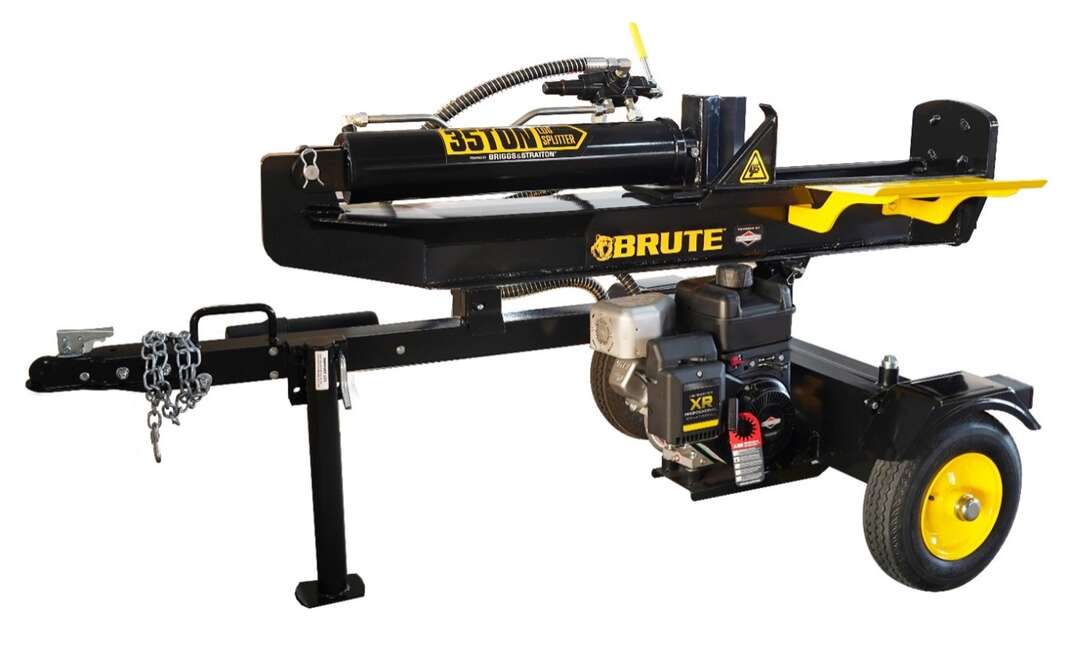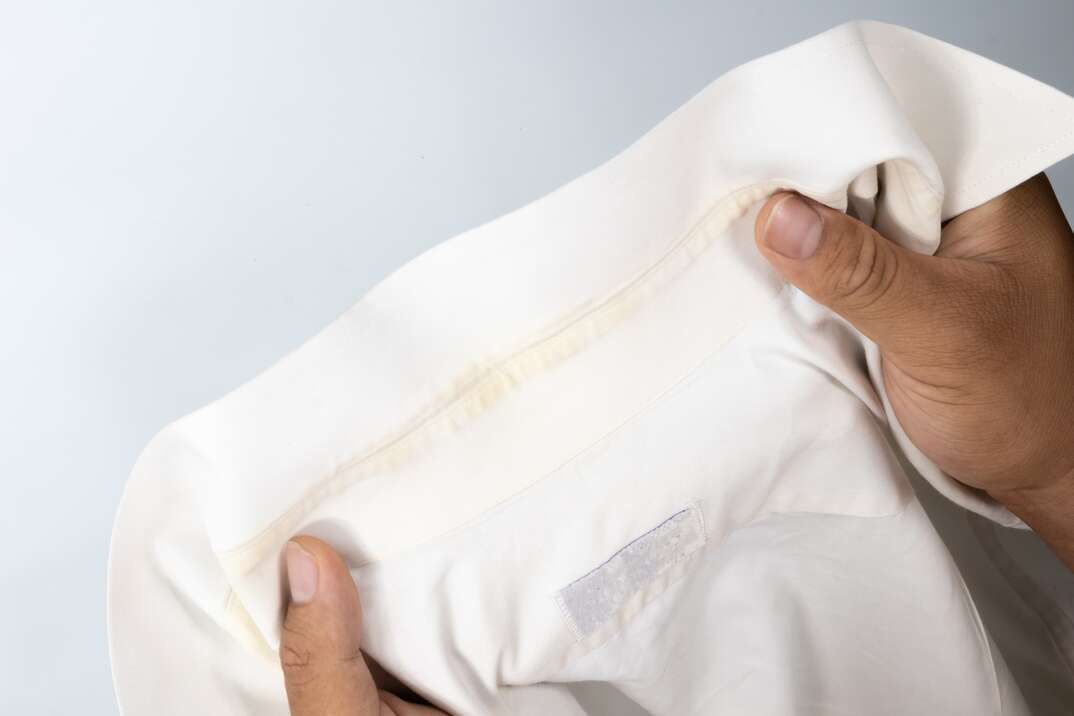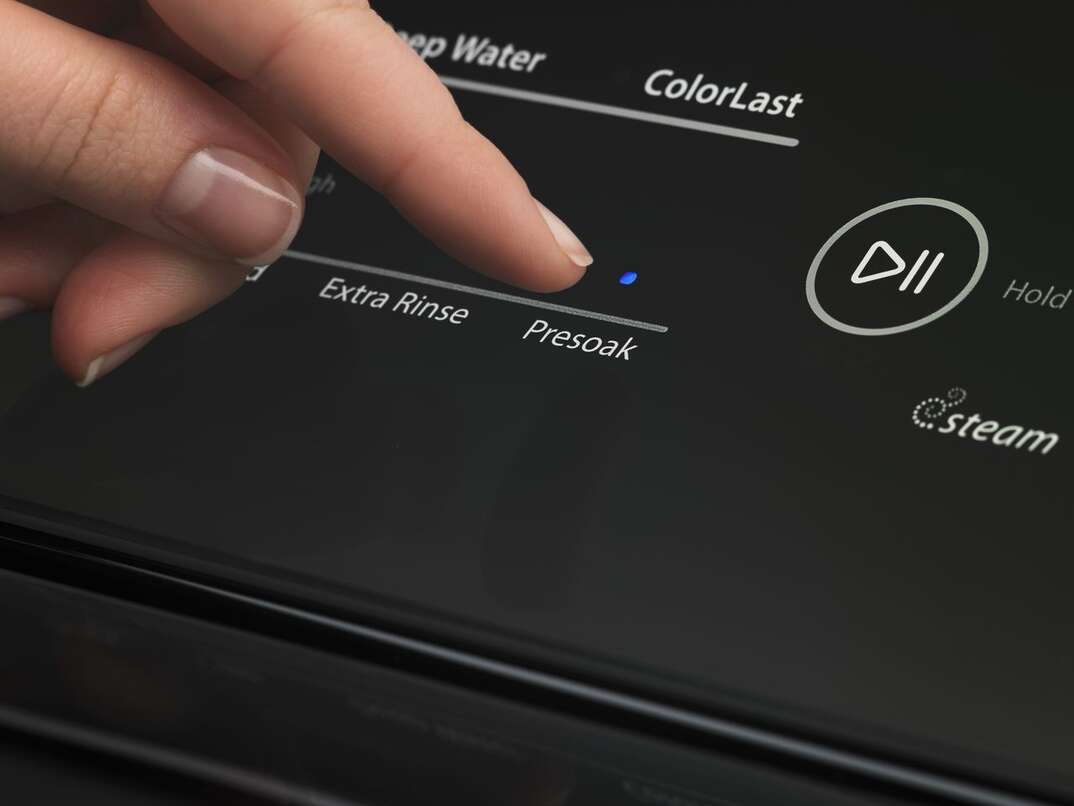What's the Deal With Countertop Dishwashers?

Manufacturer Image
A countertop dishwasher is a small dishwasher that sits on your kitchen counter, rolling cart or wherever else it can get easy access to the sink. It gets water from your kitchen faucet and drains through the kitchen sink. While it does the same job cleaning your dishes as a full-size dishwasher, it's much more compact, uses less energy and needs less water than a built-in dishwasher. Some models are portable.
This May Also Interest You: The Filth Shall Get Them Clean: Why You Don’t Need to Pre-Rinse Your Dishes
Got questions about countertop dishwashers? We’ve got your answers below.
How Does a Countertop Dishwasher Work?
A countertop dishwasher connects to your sink's faucet, drawing in water and then expelling it through a drain hose that empties through your sink. Because they're about the size of a microwave oven, countertop dishwashers can fit neatly on your kitchen counter, though some people prefer to place theirs on a rolling cart to free up counter space.
Who Can Use a Countertop Dishwasher?
Countertop dishwashers are useful in many situations. If you live in a small house or apartment that doesn't have a built-in dishwasher, a countertop model can make your life a little easier. People who entertain a lot may also appreciate them. You can use the countertop model to clean all the glassware from a big dinner party while the full-size one churns away on the bigger pots and pans.
These portable units are also useful away from home. Set up a countertop dishwasher in an office lounge to keep coffee mugs from piling up in the sink, or bring one to your RV or dorm room. Some people like to take their portable units on vacation for use in their cabins or boats. In addition, people who have difficulty bending down to load the dishes appreciate being able to have a dishwasher available at counter level — and they're also easier to clean.
Are Countertop Dishwashers Any Good?
While countertop dishwashers don't require as much water as full-size models, they do a thorough job of washing dishes. A conventional dishwasher can use up to 10 gallons per load (and washing by hand can use up to 27 gallons). In contrast, a countertop dishwasher uses only 2 to 3 gallons of water per load.
Most countertop dishwashers can handle four to six place settings in one load, but some of your larger pots and pans may not fit well. They also do a great job of getting water and detergent to the little corners and crevices that are hard to wash by hand. This makes them a good choice when you want to be especially sanitary, such as when washing baby bottles and nipples.
Countertop dishwashers are also significantly less expensive than full-size models, which counts as another advantage if you're watching your budget.
How Do Countertop Dishwashers Hook Up?
Countertop dishwashers typically use a fitting called a unicouple to connect to your sink faucet. If your sink faucet doesn't have a threaded spout, you'll probably have to add a faucet adapter to make the connection. A hose carries water into the dishwasher, and a second hose comes out of the back of the dishwasher to drain water back into your sink.
Hooking up a countertop dishwasher is easy. All you have to do is attach the inlet hose and the drain hose, plug the dishwasher in, turn on the hot water and start the wash cycle. No tools are required for hookup, and the hoses connect quickly and easily. Unplugging the dishwasher and storing the hoses is also an easy operation. All in all, installing a countertop dishwasher — as well as removing it — is much easier than doing the same with a full-size model.
More Related Articles:
- Don’t Get Lost in the Wash: How to Use Your Dishwasher Efficiently
- Should You Repair or Replace Your Dishwasher?
- You Won’t Believe How Much Water Dishwashers Use
- How to Clean a Dishwasher
- Common Dishwasher Problems and How to Fix Them
Can a Countertop Dishwasher Go Under the Sink?
While it's possible to install some countertop dishwasher models by connecting them to the main water line, most countertop models aren't usually designed for permanent installation.
If you plan to use the dishwasher under the sink or on any surface that's lower than the drain in your sink, you'll have to purchase a unit that has a circulating pump to push the water up to the drain level. Otherwise, the water won't be able to drain properly out of the dishwasher. If you plan to place your countertop dishwasher below the drain level, check with the manufacturer to make sure it will work properly and safely in that position.
How to Choose a Countertop Dishwasher
If you're planning on adding a countertop dishwasher to your kitchen, there are a few factors you should consider:
- Size. Measure the countertop where you plan to place the dishwasher to make sure it will fit. In addition, if you want to slide your dishwasher under your kitchen cabinets, measure vertically to make sure the model you're interested in will fit there, too.
- Capacity. Most countertop dishwashers will hold four to six place settings. Think about how often you plan to use it and what capacity you require.
- Noise level. Some countertop dishwashers are louder than others. If you're in a smaller space, you may want to check the loudness of the unit sure you're comfortable as it's running. Look for noise levels of 55 decibels or lower.
- Interior design and composition. The interior of a countertop dishwasher is usually made of either plastic or stainless steel. Stainless steel will cost a bit more but last much longer.
- Weight. Countertop dishwashers can weigh anywhere from 10 to 50 pounds. If you plan to carry your countertop dishwasher from one place to another (if you want to put it in an RV, for instance), opt for a lighter model.
- Pump availability. If you think you'll need to place a countertop dishwasher lower than the drain level of the sink it's attached to, make sure you choose a model with a pump included.


